Country England Total number of deaths 6 Location Nuneaton | Date 6 June 1975 Injuries 38 Trains 1 | |
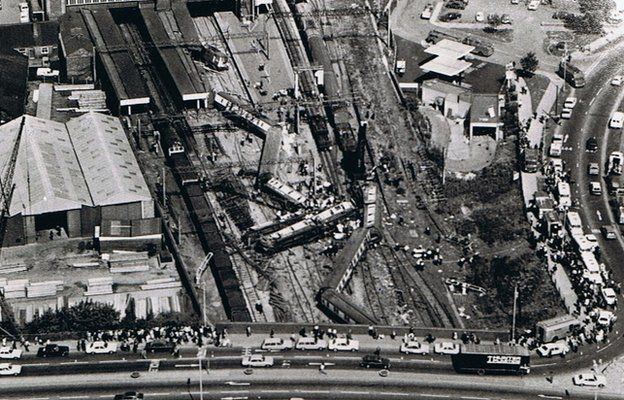 | ||
Cause Overspeed on temporary trackDriver error/lineside equipment failure Similar Lewisham rail crash, Southall rail crash, Clapham Junction rail crash, Moorgate tube crash, Harrow and Wealdsto | ||
Nuneaton rail crash no sound colour
The Nuneaton rail crash was a train crash which occurred on 6 June 1975, on the West Coast Main Line just south of Nuneaton railway station in Warwickshire, England.
Contents
- Nuneaton rail crash no sound colour
- Nuneaton rail crash 1975
- The accident
- The Inquiry
- Memorial
- References
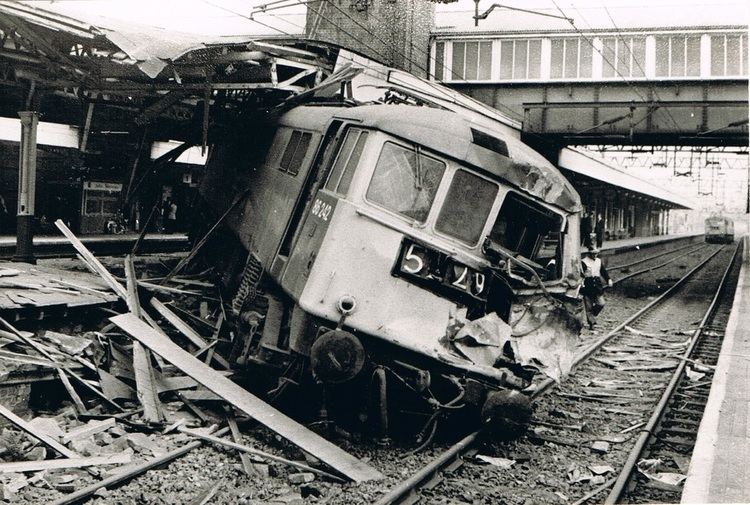
It happened when the 23:30 sleeper from London Euston to Glasgow was derailed after entering a temporary speed restriction at too high a speed. Six people (four passengers and two staff) died and 38 were injured. In the subsequent inquiry, the accident was deemed to have been caused by driver error, partially due to the failure of lineside equipment warning of the speed restriction.
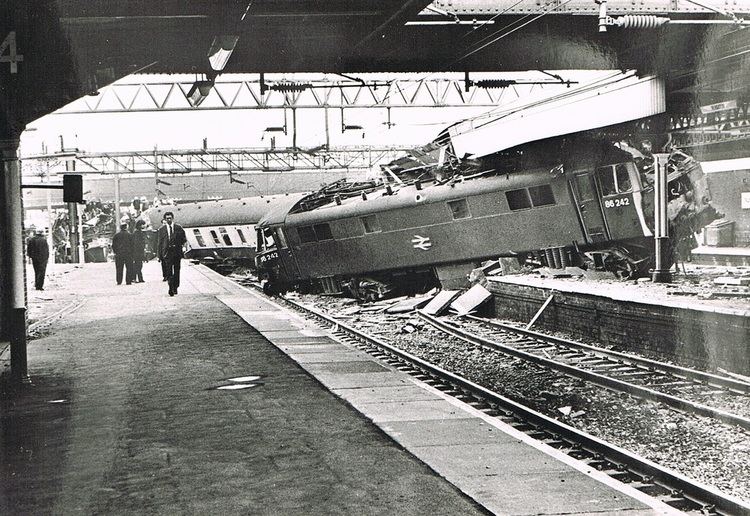
Nuneaton rail crash 1975
The accident
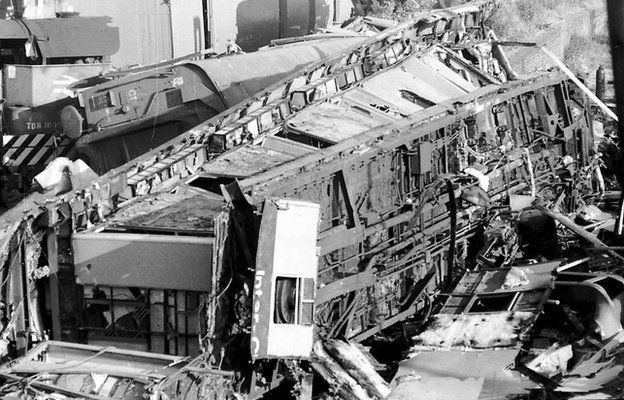
The accident occurred at approximately 01.55, as the train approached Nuneaton station. The train was running over an hour late owing to a locomotive failure further south, and was composed of two Class 86 electric locomotives (nos. 86006 and 86242; both later repaired) and fifteen carriages, including twelve sleeping cars.
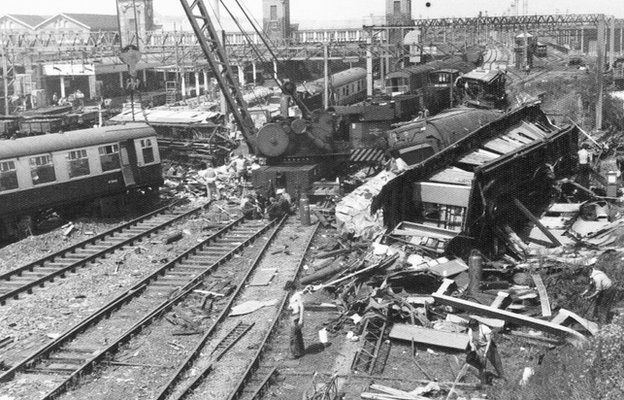
Just south of Nuneaton station, there was a speed restriction of 20 mph for a distance of just over a mile, owing to a track remodelling scheme. Approximately a mile before the restriction, there was a board giving advance warning of the restriction. This board should have been illuminated, but was not. The driver claimed that he wrongly assumed that this meant the restriction had been lifted, and so did not slow the train. The board marking the actual start of the restriction, however, was lit, but by the time the driver saw this, it was too late.
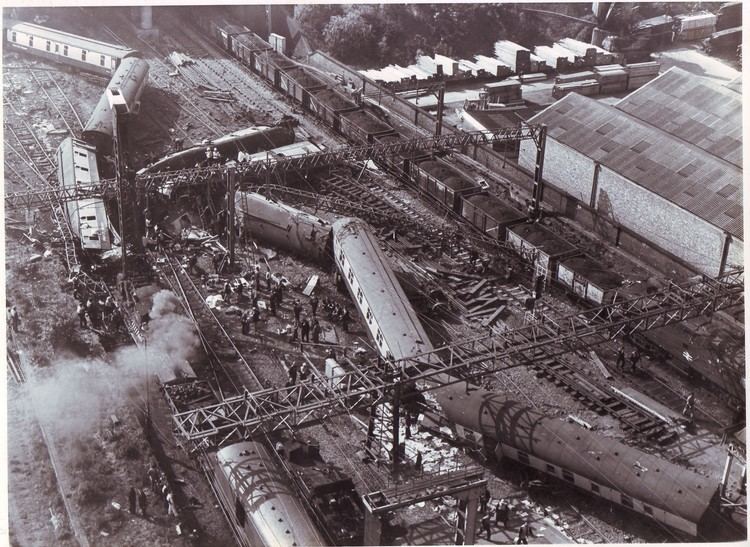
Despite an emergency brake application, the train entered the 20 mph restriction at a speed estimated at around 70 mph and became derailed on a length of temporary track being used during the remodelling scheme. The locomotives became detached from one another, the second mounting the northbound platform and causing damage to the station. The first two vehicles stayed mainly upright, but the next four fell onto their sides and were badly crushed. All the fatalities and most of the injuries occurred in these four sleeping cars. Every vehicle on the train was derailed except the last. Over a quarter of a mile of track was destroyed along with three lineside electrification gantries, and severe damage was caused to an overhead road bridge, numerous other items of trackside equipment, and the locomotive of a passing freight train (Class 25 number 25286). It was noted in the inquiry that casualties would have been much higher if not for the lightly loaded nature of the train (there were fewer than 100 passengers on board).

On board the train was the government minister for agriculture Fred Peart, he survived the accident with minor injuries.
The Inquiry
The inquiry, conducted by Major C.F.Rose, found the accident to be due to the following causes;
The driver, Mr J. McKay, was later charged with manslaughter but found not guilty. A number of recommendations to prevent a recurrence of the accident were accepted by the British Railways Board, and the later installation of the Automatic Warning System ensured that drivers were given audible notice of speed restrictions.
Memorial
A plaque commemorating the victims of the crash, and the actions of the emergency services was unveiled at Nuneaton station in August 2015.
